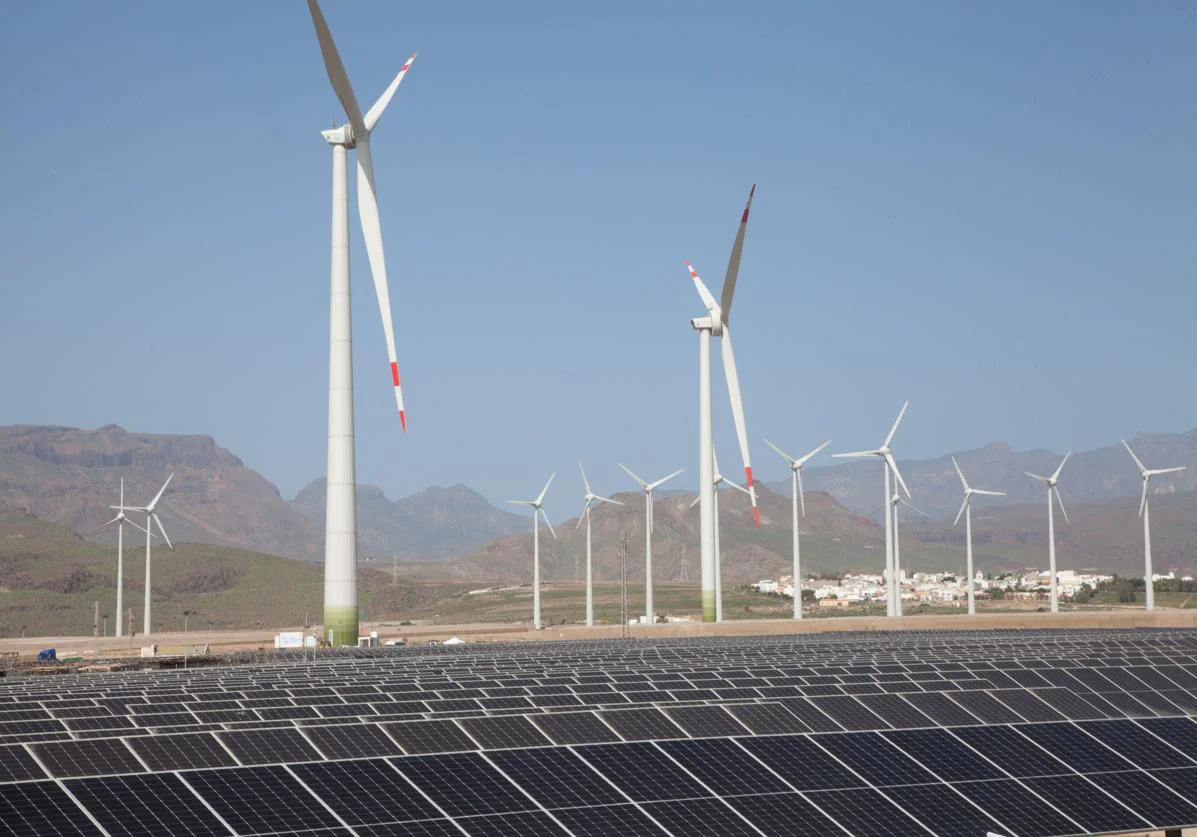Oil rises because Saudi Arabia will cut production due to falling demand

MadridUpdated:
Oil prices registered an important increase today after the Minister of Energy, Industry and Mineral Resources of Saudi Arabia, Khalid Al Falih, assured that his country will reduce its oil production to 9.8 million barrels daily in March, compared to 10.2 million barrels in January.
Crude Texas opened the session with an increase of almost 3%, to $ 54 a barrel, and Brent reached $ 63, new annual maximum.
In an interview with the newspaper "The Financial Times" the Saudi minister has detailed that in March also will reduce its exports, which will reach 6.9 million barrels up to date. In November, the country registered a record of more than 11 million barrels produced and 8.2 million exported each day.
This announcement occurs at the same time as OPEC has revised down its forecast for global oil consumption in 2019, leaving it at an average of 100 million barrels per day. In its monthly report, the Organization of Petroleum Exporting Countries estimates that the volume of crude oil that the world will require from its 14 partners will fall this year to 30.6 million barrels per day, from 31.6 million in 2018.
In addition, OPEC anticipates an increase in the production of its competitors, especially the USA., which adds to a slowdown in the growth of energy demand as a result of the forecast cooling in the world economy.
In 2018 the demand was 98.76 million barrels per day, 30,000 less than what was estimated a month ago. Although this year the consumption of oil will reach for the first time the symbolic barrier of 100 million annual average, it is 50,000 barrels lower than that calculated in the previous report.
In fact, OPEC has already reduced its crude production by 797,000 barrels per day in January, after the decrease of 751,000 barrels per day registered in December, so that its level of production stood at 30,806 million barrels per day, thus staying at the doors of complying with the pact to cut production It came into force on January 1.
Without taking into account the production recorded in the first month of the year by Iran, Libya and Venezuela, which are exempt from complying with the cut pact because their domestic and political problems affect production, the cartel pumped 26,051 million barrels a day, compared to the 25,937 million that he promised to fulfill.
Saudi Arabia led the decline in production after cutting 350,000 barrels per day in January, until standing at 10,213 million barrels pumped per day, according to the monthly report of the cartel on the crude market. The second largest producer of the cartel, Iraq, reduced its production by 43,000 barrels per day, to 4,669 million barrels per day.
The third largest producer, United Arab Emirates, accounted for the second largest cut, according to data collected by OPEC through secondary sources, which are the only ones that report on the production of all countries in the cartel. Thus, the United Arab Emirates produced 3,078 million barrels per day in January, after cutting production of 146,000 barrels per day.
Since January 1 the new trimming agreement is in force to the production of crude oil agreed by the Organization of Petroleum Exporting Countries (OPEC) and its allies, among which are producers such as Russia and Mexico. Under this agreement, Saudi Arabia committed to produce a maximum of 10,311 million barrels per day, which implies a reduction of 322,000 barrels compared to the daily production recorded in October.









